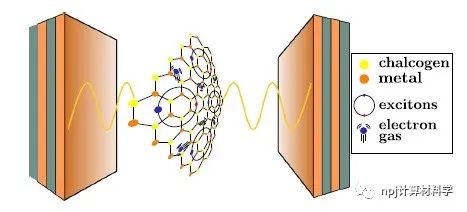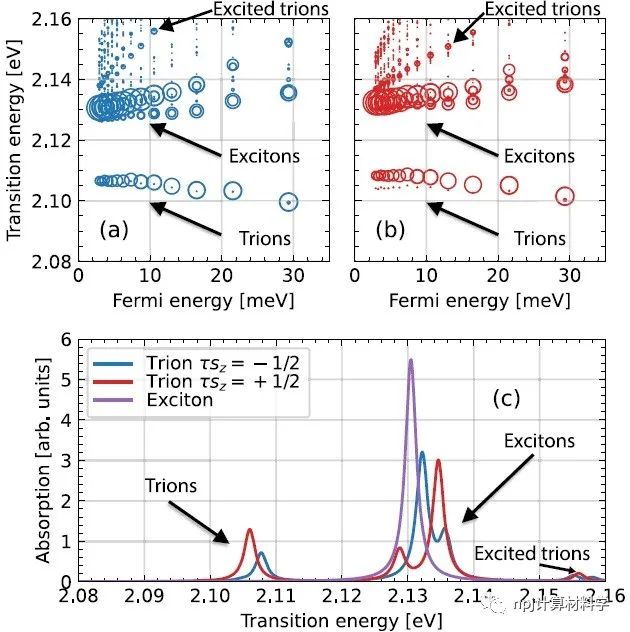Single layer transition metal dichalcogenides (TMDCs) are a class of two-dimensional materials with significant optical properties. However, there is currently no complete theory to describe polarization modes within a wide range of free electron densities. A team led by Professor Yaroslav Vladimirovich Zhumagulov from the University of Regensburg in Germany has developed a microscopic theory to describe strong light matter coupling in single-molecule layers doped with transition metal disulfides over a wide range of free electron densities.

This theory involves numerical calculations of a set of three body excitations, which are then coupled to cavity resonant modes in a non perturbative manner. The author used this method to calculate the polaron spectrum, revealing the rich structure of newly emerged light matter composite quasi particles. The results confirmed the robustness of charged excitons over a wide range of electron concentrations. At the intermediate doping level, the author observed a three mode exciton pole structure, in which the additional mode in the middle of the pole gap qualitatively changed the anti crossing behavior. In addition, the author predicts that in highly doped polarized samples, the oscillator strength of charged excitons in excited states becomes important and may drive the system into a strong coupling region with a singular charge distribution.









